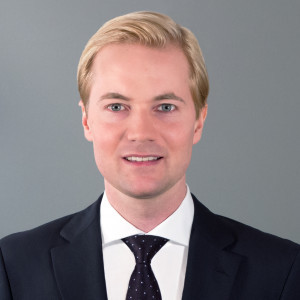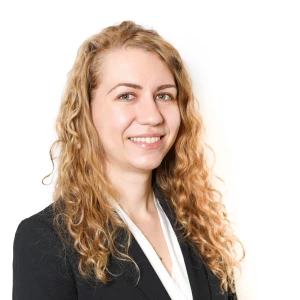Hi there,
The case is quite similar to MBB, yet less comprehensive.
Prepare like for the top company.
Cheers,
Alex

Hi there,
The case is quite similar to MBB, yet less comprehensive.
Prepare like for the top company.
Cheers,
Alex














